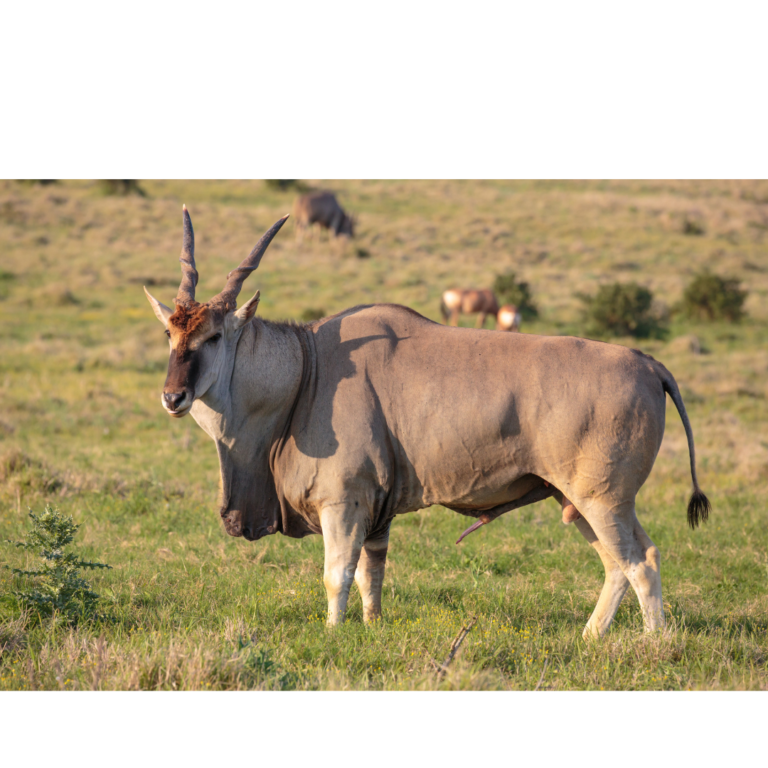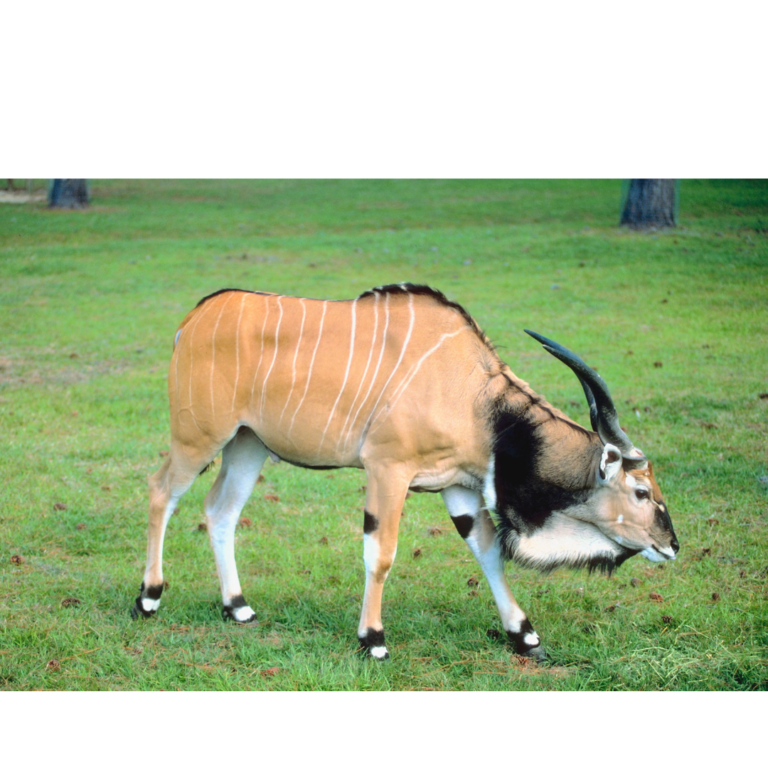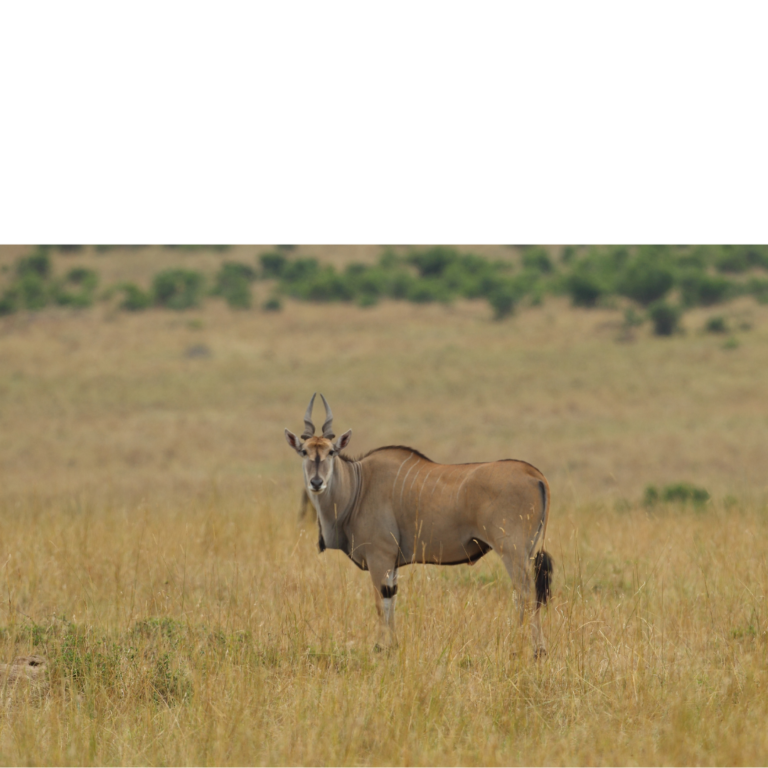Quickly recaptiualize real-time interfaces and timely models. Proactively exploit viral meta-services for interdependent customer service. Dynamically actualize bleeding-edge internally
Quickly recaptiualize real-time interfaces and timely models. Proactively exploit viral meta-services for interdependent customer service. Dynamically actualize bleeding-edge internally
Species Overview
Kingdom: Animalia
Phylum: Chordata
Class: Mammalia
Order: Artiodactyla
Family: Bovidae
Genus: Taurotragus
Species: Taurotragus oryx (Common Eland)
Life Span: 15–20 years (in the wild)
Weight: 400–1,000 kg (880–2,200 lbs)
Height: 1.3–1.6 meters (4.3–5.2 feet) at the shoulder
Animal Behavior and Habits
Activity: Diurnal – active during the day, with peak activity in the cooler morning and evening hours.
Feeding Habits: Herbivores – feed on grasses, leaves, and shrubs.
Social Structure: Live in herds, typically ranging from 10 to 100 individuals; males may be solitary outside of the breeding season.
Hunting Approach: Spot-and-stalk hunting or ambush near waterholes or feeding areas.
Habitat and Environment
Preferred Habitat: Savannas, grasslands, and open woodlands.
Water Sources: Found near waterholes, rivers, and streams.
Best Hunting Locations: Open plains, near grazing areas, or close to water sources.
Tracks and Trails: Large, round tracks with deep hoofprints, larger than most antelopes.
Signs: Look for grazing herds, fresh tracks, or signs of disturbed grass.
Hunting Time
Ideal Hunting Times: Early morning and late afternoon (most active during these hours).
Breeding Season: Peak breeding in the rainy season (January–April). Males become more aggressive during this time.
Trophy Quality: Look for mature males with thick, spiral horns. Horn length of 70 cm (28 inches) or more is considered a good trophy.
Use of Scent Lures: Not typically necessary, but can be helpful when hunting males during the rut.


